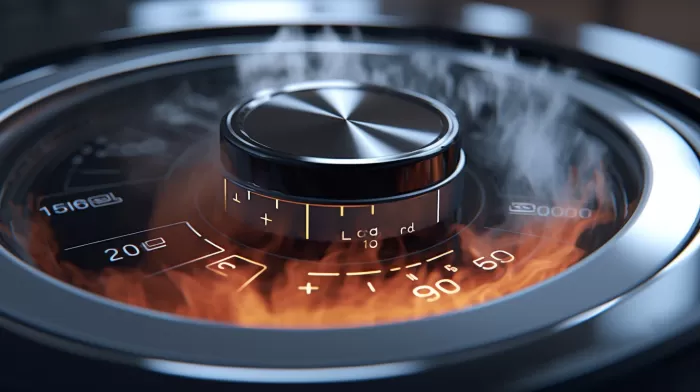Having nagging allergies that won’t let you breathe in peace can dampen your spirits. But did you know there’s an easy way to eliminate some of the allergens in your home? All it takes is a flick of the wrist. The solution is simple—turn up the water temperature when you do the laundry.
Hot Water Kills Dust Mites and other Allergens
The heat setting you choose when doing laundry makes all the difference when it comes to killing dust mites. Researchers have found that washing laundry in hot water—140 degrees Fahrenheit (60 ºC) or higher—kills all house dust mites. In comparison, only 6.5 percent of dust mites die in laundry washed at 104 degrees Fahrenheit (40 ºC), or warm water.
Hotter water temperatures are also more effective in removing other allergens like dog dander and pollen, according to researcher Jung-Won Park, M.D., Ph.D., of Yonsei University in Seoul, Korea.
Alternatives to Hot Water Washing
While washing clothing and bedding in hot water is the most effective way to kill dust mites and remove other allergens, not everyone has access to hot water or wants to use hot water for all their laundry. Some materials may not hold up well under hot water or may have cleaning instructions that recommend using a lower temperature.
For those who prefer washing at a lower temperature, there is good news. Washing your clothes at a lower temperature—between 86-104° F (30-40 ºC)—then rinsing the laundry twice with cold water for three minutes each time is also an effective method for reducing allergens in your laundry.
Why Rinsing Matters
In the study conducted by Dr. Park and his colleagues, they compared allergen levels on cotton sheets after they were washed in various temperature settings. They discovered that more pollen was left on the sheets when they were washed in cooler temperatures—86° F (30ºC). This highlights the importance of rinsing your laundry effectively, especially when using lower temperature settings.
Rinsing your laundry twice with cold water is crucial in reducing the allergens left on the material. It helps remove residual allergens that may have remained after the initial wash and can significantly improve the cleanliness of your laundry, as well as reduce potential allergic reactions.
Other Tips for Reducing Allergens
In addition to washing your laundry in hot water or using the double-rinse method with lower temperatures, here are a few more tips to help reduce allergens in your home:
- Vacuum Regularly: Invest in a vacuum cleaner with a HEPA (high-efficiency particulate air) filter, which can capture tiny particles of dust, pollen, and pet dander. Make sure to vacuum at least once a week, paying special attention to areas where allergens may accumulate, such as carpets and upholstery.
-
Dust Smart: Use a damp cloth or an electrostatic duster to pick up dust instead of moving it around. Take the time to dust and clean surfaces, shelves, and other areas where allergens may accumulate.
-
Wash Bedding Weekly: Make sure to wash your bedding every week, ideally using hot water or the double-rinse method described above to keep your sleeping area free of allergens.
-
Keep Humidity in Check: Dust mites and mold thrive in high-humidity environments. Keep the humidity in your home around 30 to 50 percent by using a dehumidifier, air conditioner, or by letting fresh air circulate through the room.
-
Use Allergen-Proof Covers for Bedding: Consider putting allergen-proof covers on mattresses, pillows, and box springs. This will help keep allergens at bay and make it easier to maintain an allergen-free sleeping environment.
By following these steps, you can reduce allergens in your home and breathe easier. Making small adjustments to your laundry routine and putting in a little extra effort in maintaining your living environment can make all the difference in keeping allergies under control.



